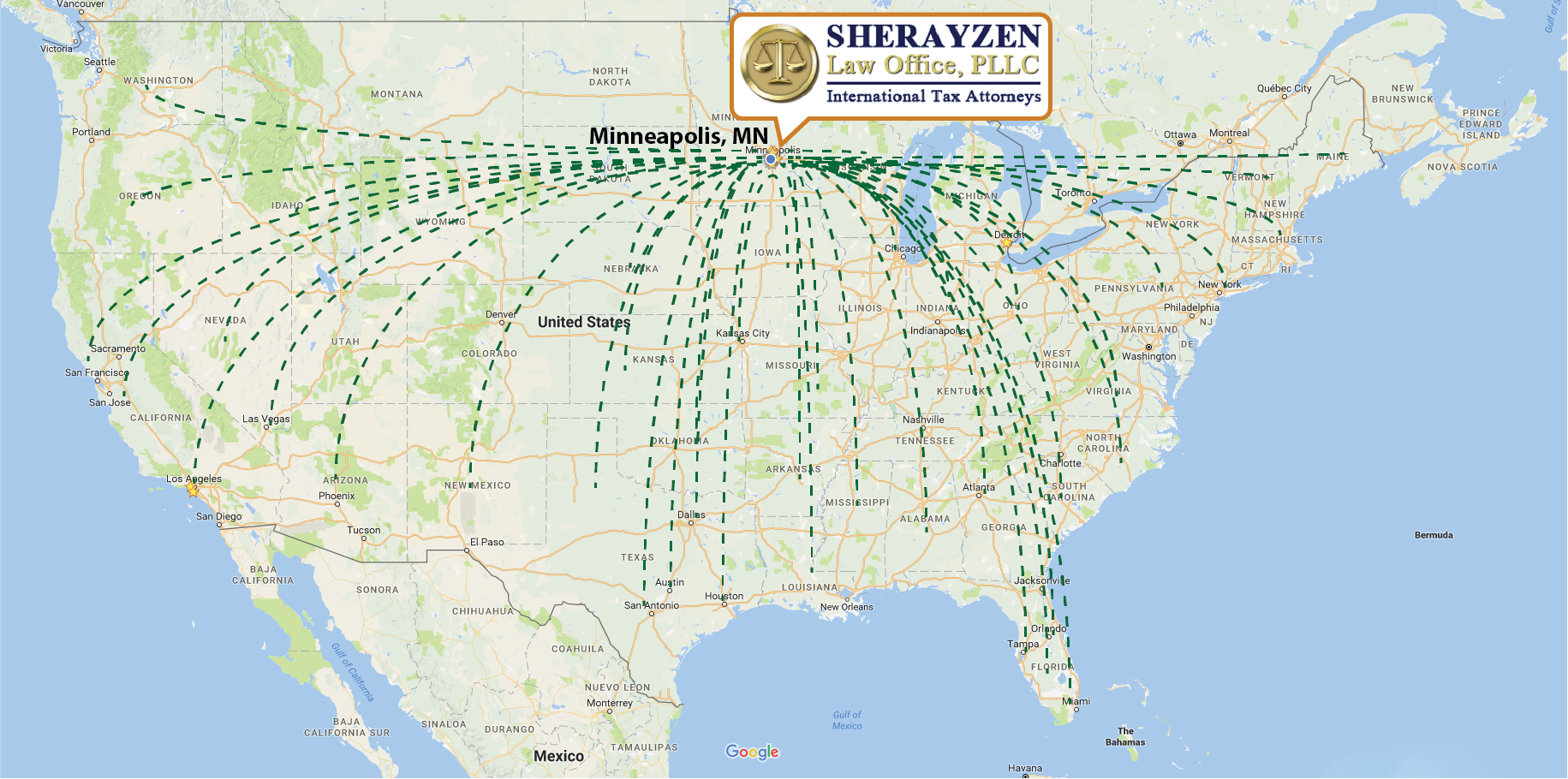International Tax Lawyers Dallas | Difference between US Domestic and US International Tax Law
Let me give you one example which illustrates very well the difference between US Domestic Tax Law and US International Tax Law.
This comes actually, from sort of a combination of two cases in which I was involved. You have a situation where two clients come to a Business Lawyer and they say, “We want to start a company. We want to start a joint venture; we already have the Capital. We are working on our marketing plan; everything’s fine; we’re ready to start doing this.”
Let me actually draw this. This is a Domestic situation; you have a US Corp which has cash, just cash nothing else. This is year one. Let’s say this company was created in November. Year two, the company continues to have more than 50% of it’s assets as cash.
In this example, nothing happens; for US Tax Purposes, nothing really happens. It’s a Domestic Corp owned by two US Persons… let’s make it interesting; let’s make it 50/50. Fifty percent Foreign and fifty percent US. There’s a (Form) 5472 requirement, most likely if there are reportable transactions. Nothing really happens to the Entity itself.
Now we have a situation where it’s a Foreign Corporation; Fifty percent owned US and fifty percent Foreign Person. Same situation: first year, the company was founded in November, 100% cash; then we go into the second year, same situation, still more than 50% cash.
Here, (first year) nothing happens; here in the year two, this company becomes a PFIC (Passive Foreign Investment Company). What this means, unless an election is being made, (and there are various elections and we’re not going to get into detail) but let’s just discuss the Default method of PFIC calculations.
In this situation, there is a Dividend in year three; it will be subject to a long-term Capital Gains rate, 15 – 20 percent depending on the income level of your Client and possibly an ObamaCare Net Investment Tax of 3.8% on top of that.
Here, it’s going to be a completely different treatment; if there is a Distribution in year three, most likely, I would estimate about 40% will be treated as ordinary income and about 60% will be subject to a 39.6% tax.
This is US Domestic; this is US International. Just because it’s an International, all-of-a-sudden we raised our tax liability by about 20%. A Business Lawyer who thinks that this is the same… you can see what will happen once the Client files his tax returns.
It’s definitely something to be aware of. In these situations I was involved in, the Business Lawyer failed to advise about the difference. Unfortunately, once the PFIC stigma is attached; you cannot get rid of it. Once a PFIC, always a PFIC. You can get rid of it (not to get into too much detail) but it will require Redistribution of the Shares in essence.
That’s a very important illustration of how US International Tax Law may be different from US Domestic Law.



